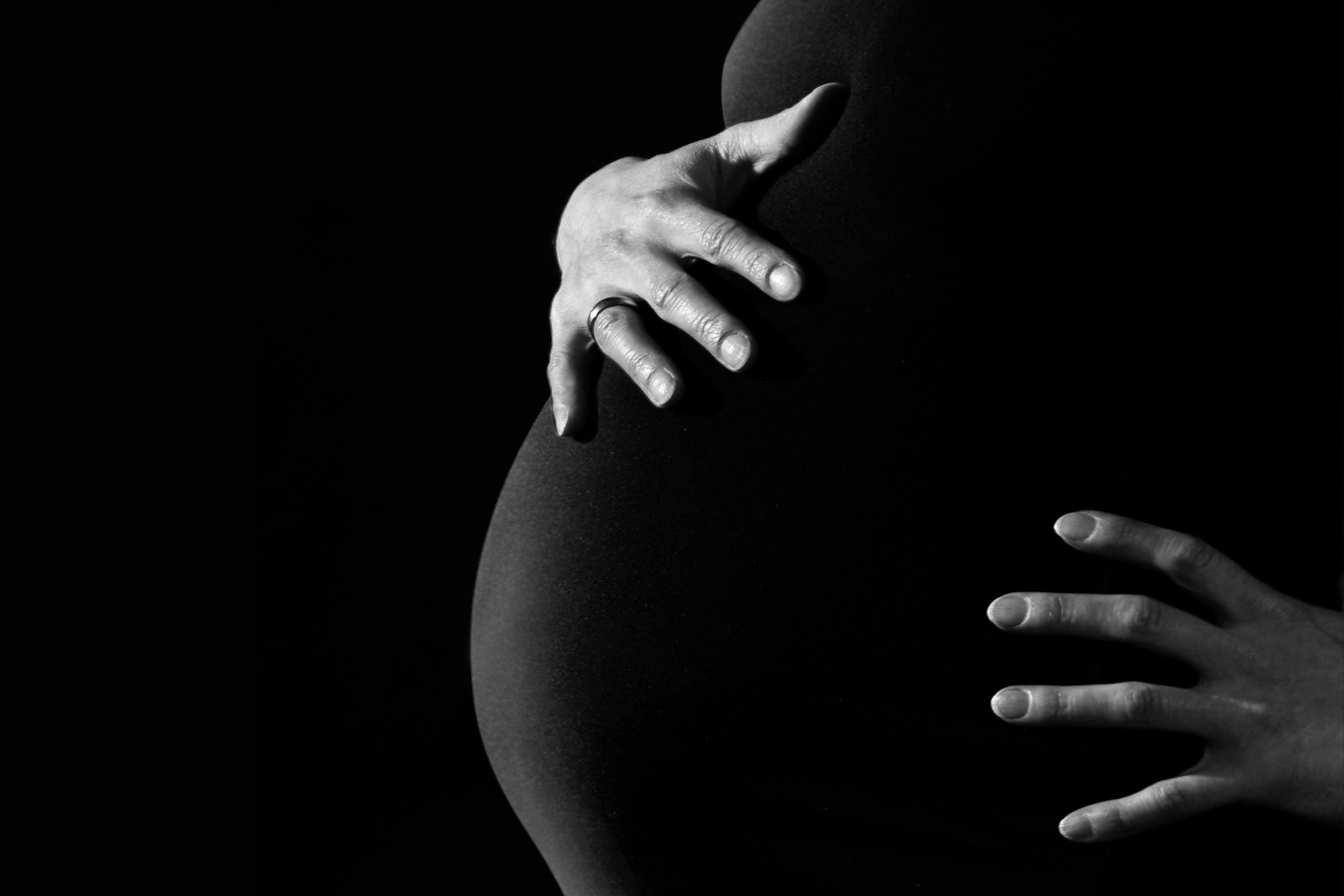The risk for postpartum depression is highest among first-time mothers, mothers younger than 25 years old and mothers of twins, according to a survey of more than 1.1 million mothers worldwide.
Mothers older than 40 years old having twins are at the highest risk, researchers from the University of Virginia School of Medicine, Johns Hopkins University and Flo Health found.
“The size of this study, in over 1 million new mothers, make the findings highly significant and definitive,” said Dr. Jennifer L. Payne, the study’s senior author and director of the Reproductive Psychiatry Research Program at the UVA School of Medicine. “Most studies on postpartum depression are small and confined to a small region. This study answers questions about risk factors for postpartum depression from a worldwide sample.”
Better Understanding Postpartum Depression Risk Factors
It is vital to better identify the risk factors for postpartum depression, the researchers said, because of the potential health effects on both mothers and their children. For example, the researchers highlight that women are twice as likely as men to experience depression during their childbearing years. Women are also at increased risk of experiencing major depression after giving birth.

Dr. Jennifer L. Payne is the study’s senior author and director of the Reproductive Psychiatry Research Program at the UVA School of Medicine. (Contributed photo)
Children of women who experience postpartum depression are more likely to develop major depression and other psychiatric disorders, the researchers note. Having a mother who experiences postpartum depression is also associated with developmental challenges for children, including lower IQs and slower language development.
“There is a growing necessity to identify risk factors that place women at elevated risk, prior to the onset of affective illness, during this vulnerable time period so that preventive measures can be instituted,” the researchers write.
To better understand the risk factors for postpartum depression, the researchers analyzed responses from more than 1.1 million new mothers to the “After Childbirth Survey” on the Flo app, which helps women track their period and menstrual cycle.
By age group, the percentage of women self-reporting postpartum depression symptoms was highest among 18- to 24-year-olds, at 10%. The rate of postpartum depression then steadily declined by increasing age, dropping to 6.5% for 35- to 39-year-olds, before increasing slightly to 6.9% among women 40 and older. Across all age groups, postpartum depression was significantly lower among women who had previously had children compared with first-time mothers.
Women who had twins were more likely to report postpartum depression – 11.3% of mothers of twins reported symptoms, compared with 8.3% of mothers of a single child. This difference was especially pronounced among those ages 40 and older; 15% of mothers in this age group having twins reported postpartum depression symptoms, compared with 6.6% of mothers of one baby. Women older than 40 having twins, the researchers concluded, are at “markedly high risk” for postpartum depression.
The researchers found no significant difference in the rates of postpartum depression between mothers of boys or girls.
“Most women with postpartum depression are not diagnosed or treated. Clinicians caring for new mothers can be aware of factors like age, first pregnancy and twin pregnancies that put women at a higher risk of developing postpartum depression and screen and intervene early,” Payne said. “Early intervention can prevent the negative outcomes associated with postpartum depression for both mothers and their children.”
Findings Published
The findings have been published in the Journal of Affective Disorders. The research team consisted of Helen Bradshaw, Julia N. Riddle, Rodion Salimgaraev, Liudmila Zhaunova and Payne.
To keep up with the latest medical research news from UVA, subscribe to the Making of Medicine blog.
Media Contact
Article Information
February 22, 2022
/content/new-study-ids-mothers-highest-risk-postpartum-depression

